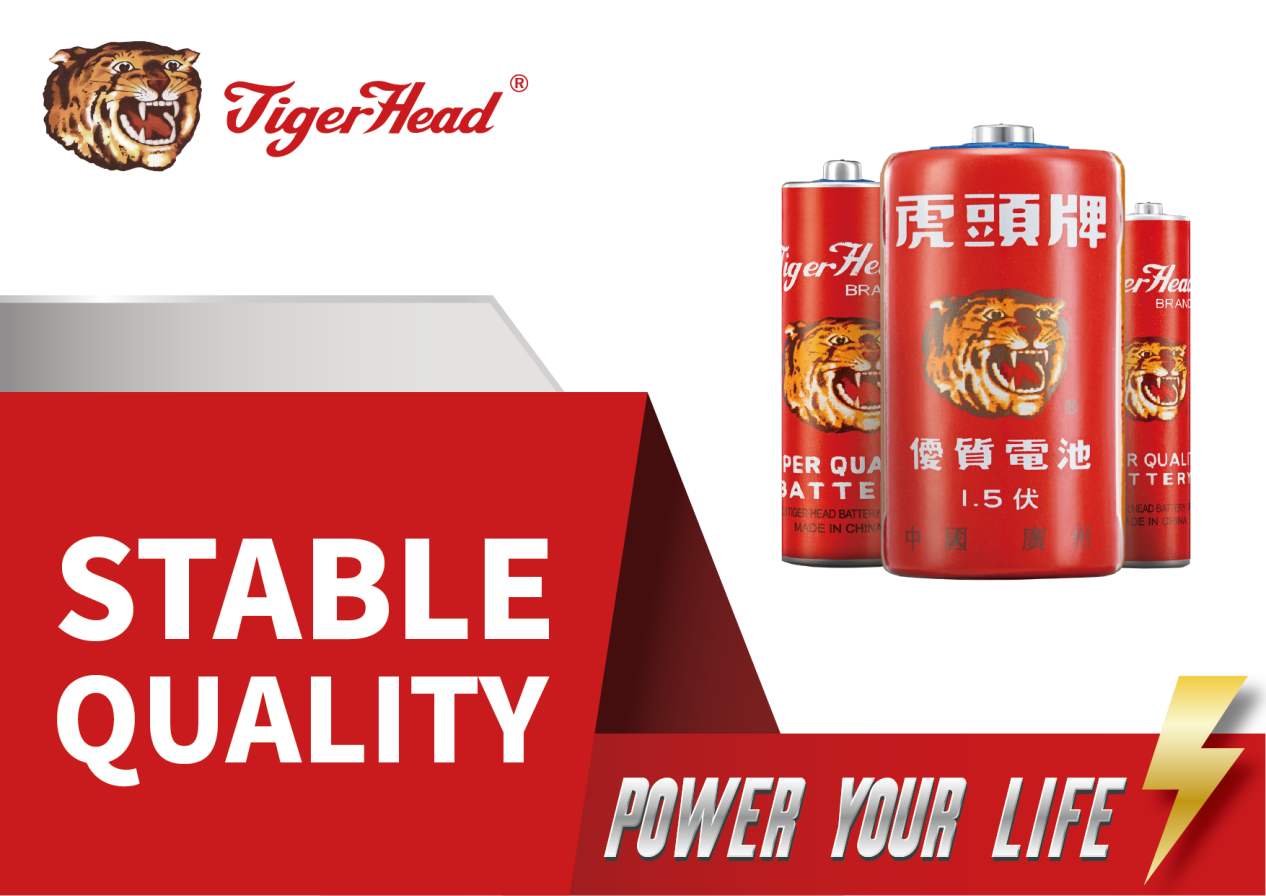Structure of a Dry Cell

A dry cell consists of a metal container in which a low moisture electrolyte paste covers the graphite rod or a metal electrode, and it is a device that generates electricity based on chemical reactions. Generally, the metal container is zinc whose base acts as a negative electrode (anode) and a carbon road acts as a positive electrode (cathode). In this article, we will explain the structure of dry cells in detail.
● Carbon Rod
At the center of a zinc-carbon battery is a rod of pure carbon. The carbon rod is covered with a mixture of carbon powder and manganese dioxide. The carbon rod is used to make the flow of electrons flow, and the carbon powder increases the conductivity of the manganese dioxide and keeps the electrolyte moisture.
● Electrolytes
The carbon rod is surrounded by an electrolytic paste of ammonium chloride and zinc chloride. This paste is not completely dry because some liquid is needed for the chemical reaction to occur easily. Ammonium ions react with manganese dioxide, bringing electrons to the carbon rod. This reaction will produce manganese trioxide, water and ammonia as by-products.
● Zinc sleeves
The electrolyte paste is encapsulated in a zinc metal sleeve. Zinc metal donates two electrons per zinc atom, so it oxidizes. These electrons will flow into the carbon rod through the electrolyte, thereby producing an electric current. As the zinc oxidizes, this sleeve will thin, and once the zinc sleeve is completely gone, the battery will no longer be able to conduct electricity.
● Additional Components
The top of the battery is covered with a conductive plate that allows the carbon rod to make contact with the positive terminal on the outside of the battery. The non-conductive tube forms the sides of the cell and ensures that there is no direct electrical contact between the carbon rod and the zinc sleeve.






